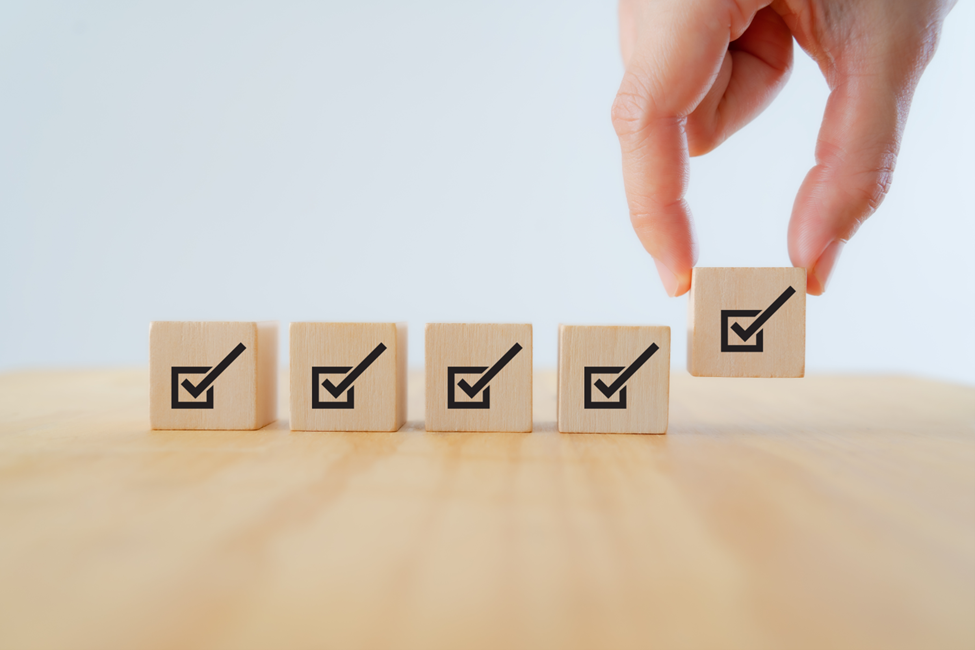In a world where security threats loom larger and more sophisticated than ever, businesses cannot afford to be reactive. An annual Security Health Assessment is vital, not only for detecting vulnerabilities but also for planning and maintaining efficient operations. Here’s a deeper look into what makes a Security Health Assessment so critical for modern businesses and how it works to safeguard your technological infrastructure.
A Deep Dive into Your Systems
A thorough Security Health Assessment gives you a panoramic view of your technology stack. This includes everything from your Video Management Systems (VMS) to your servers, archivers, cameras, and access control systems. But it’s not just about listing these components. The assessment provides crucial details like the age of your systems, their operating systems, and storage capacities.
Why is this important? Knowing the specifics of your tech infrastructure helps pinpoint which parts are aging out or underperforming. For instance, if your servers are nearing the end of their optimal lifespan, you’ll want to plan for upgrades before they become a liability. Similarly, understanding how your cameras integrate with your access control systems can reveal gaps in your physical security measures.
Insightful Reporting
With a Security Health Assessment, you don’t just get a list of your systems; you get a series of insightful reports. These cover everything from the strength of your firmware passwords—which are crucial for preventing unauthorized access—to logs of access denial incidents, which might signal attempted breaches or system errors.
These reports are not just informational. They offer a clear indication of where your security measures may be falling short, allowing you to proactively address weaknesses. For example, frequent access denials at a particular entry point could indicate a need for system reconfiguration or additional user training.
From Findings to Action
Perhaps the most critical part of the Security Health Assessment is what comes after the analysis. You’ll receive a detailed rundown of key findings—areas where your systems might be vulnerable or already compromised. But it doesn’t stop at identification. The assessment also includes tailored recommendations and a strategic future roadmap.
This is where the value of the assessment multiplies. It’s not just about spotting problems but about solving them and planning ahead. Recommendations might include immediate security patches to address vulnerabilities or strategic investments in new technology that will keep your systems robust against future threats. The roadmap helps you budget and plan for these upgrades, ensuring that you’re never caught off guard.
Securing the Future
Consider the Security Health Assessment as your annual business health check-up. It’s how you stay ahead of problems, manage costs effectively, and ensure compliance with evolving industry standards. And, crucially, it keeps your systems updated and prepared to fend off both current and emerging security threats.
In today’s digital landscape, being proactive about your security health isn’t just advisable—it’s essential. Regular assessments ensure that your business continues to operate securely and efficiently, with an eye always on the future.
For businesses looking to stay ahead in the security game, Parallel offers a comprehensive Security Health Assessment as part of our Managed Services Agreement. This annual service is tailor-made to keep your systems at the cutting edge of security and operational efficiency. If you’re ready to take your business’s security to the next level, consider how Parallel’s expert assessments can pave the way for a safer and more reliable digital environment.

